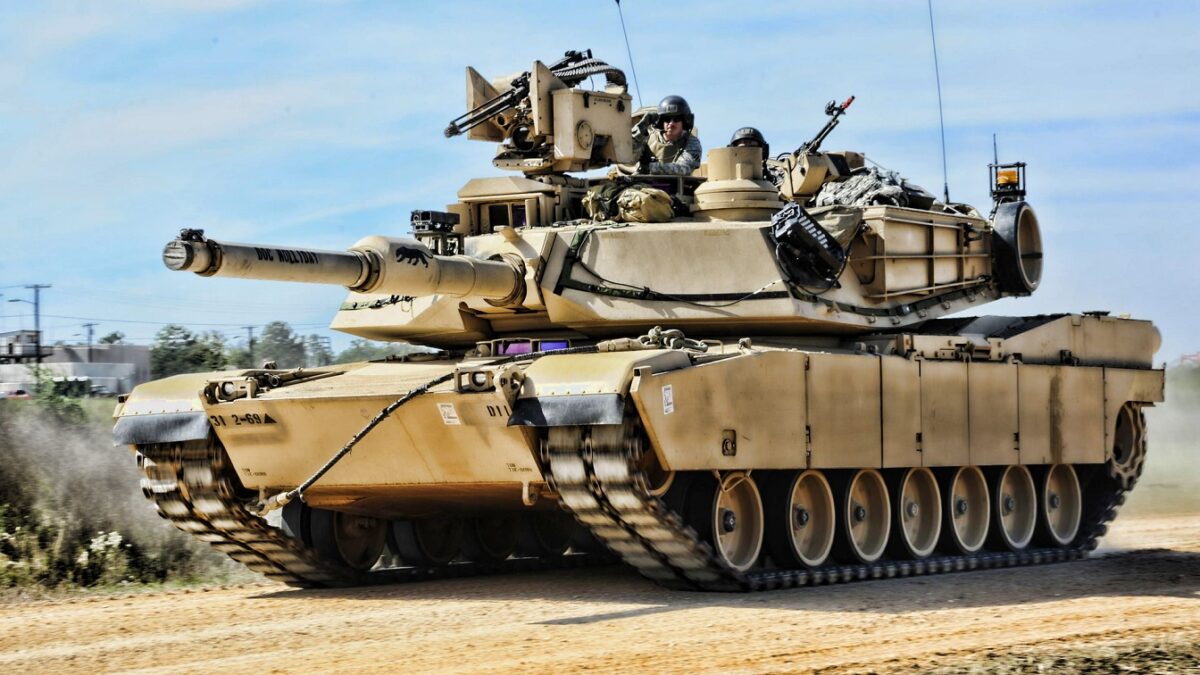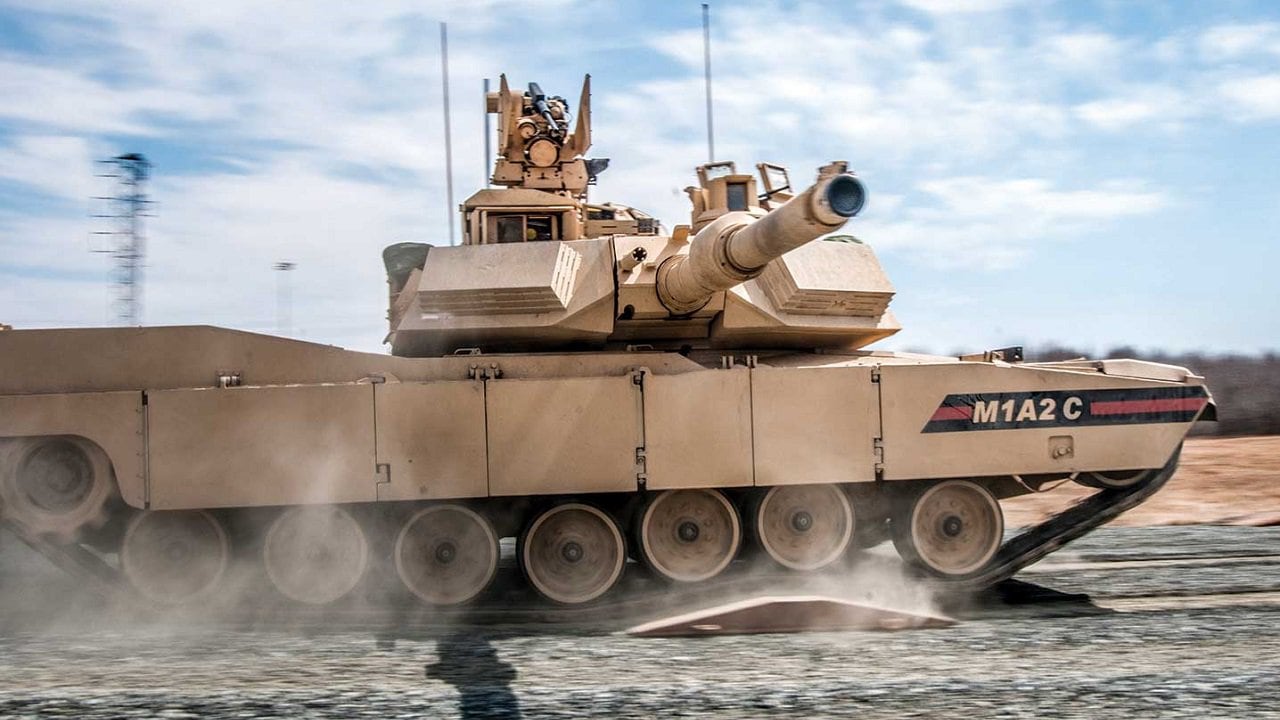The U.S. Army’s M1 Abrams tank was designed for war in Western Europe against the Soviet Union. It was never put to that purpose, but the Abrams proved more than capable of operating in the deserts of Iraq in 1991 and 2003. More recently, the main battle tank proved it could handle some snow and ice without issue.
U.S. Soldiers with 6th Squadron, 9th Cavalry Regiment, 3rd Brigade Combat Team, 1st Cavalry Division, operationally assigned to the 1st Infantry Division, took part in Hammer 22, a combined forces exercise outside of Niinisalo, Finland, earlier this month. Their upgraded Abrams tanks took part in the exercise.
The unit is among others under the 1st Infantry Division working with allies and regional security partners to provide combat-credible forces to V Corps, America’s forward-deployed corps in Europe.
M1A2 System Enhancement Package Version 3 of M1 Abrams
Though the M1 Abrams first entered service more than 40 years ago, the tanks deployed to Finland are significantly more advanced. They include the M1A2 System Enhancement Package version 3, or SEPv3, which was developed by General Dynamics Land Systems Inc.
The Army sought to outfit its tanks with second- and third-generation weapon and sensor system enhancement packages, or SEPs, as part of the effort to keep the 1980s-vintage tanks on par with current allied and enemy technology.
The defense contractor was awarded a $4.62 million fixed-priced-incentive contract to produce the enhanced main battle tanks. Some 2,100 SEPv3 tanks will be fielded as part of the Army’s Abrams Upgrade Program according to the Department of Defense’s Fiscal Year 2021 (FY21) Budget Estimates. Deliveries of the M1A2C configuration, formerly SEPv3, began in October 2017 as part of a $92.2 million contract awarded to General Dynamics in December 2015 to convert an initial six tanks to the new standard.
The M1A2C configuration features an ammunition datalink; improved ammunition; an improved forward-looking infrared system; a low-profile common remotely operated weapon system; a new auxiliary power unit; and a new vehicle health management system intended to reduce maintenance costs. In October 2016, the U.S. Army also announced plans to buy one brigade set of Trophy active protection systems for tanks stationed in Europe.
Future Enhancements – M1A2 SEPv4 Abrams
In the coming years, an even more advanced Abrams could be deployed to Finland or neighboring Sweden. The Army has continued development of the SEPv4 version of the Abrams MBT – also known as the M1A2D – with a goal for it to “fully emerge” by mid-decade.

M1 Abrams Tank. Image Credit: U.S. Army.
According to the Army, the M1A2 SEPv4 will be the most lethal Abrams tank fielded to date. It will feature the third-generation forward-looking infrared system. This cornerstone technology will give tank crews the ability to identify enemy targets from farther than ever before. It will feature upgraded sights and will be common across other combat platforms. With the upgrade, the Abrams will integrate a color camera, eye-safe laser range finder, and a cross-platform laser pointer.
A Senior Editor for 1945, Peter Suciu is a Michigan-based writer. He has contributed to more than four dozen magazines, newspapers, and websites with over 3,000 published pieces over a twenty-year career in journalism. He regularly writes about military hardware, firearms history, cybersecurity, and international affairs. Peter is also a Contributing Writer for Forbes and Clearance Jobs. You can follow him on Twitter: @PeterSuciu.

